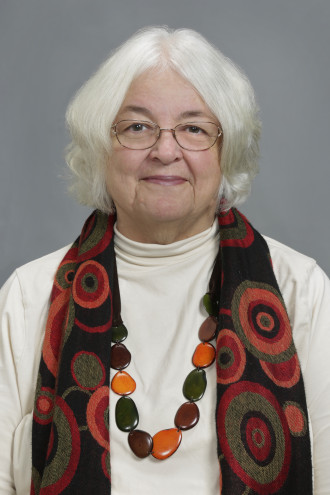The killing of Michael “Big Mike” Brown by Ferguson, Mo., police officer Darren Wilson in August 2014 resounds as a watershed moment in the Black Lives Matter movement. Brown was 18, unarmed and black. Wilson, the product of what we now know was a law agency rife with institutional racism, is white and he escaped charges, thanks to the ruling of 12 grand jurors who weighed the facts in the case.
The specifics of Brown’s death are a blur for many by now, his story blending with those of black men and boys who met similar fates at the hands of white police in recent years, as documented and publicly proclaimed via cell-phone videos and social media.
Amid all the news coverage, debates and protests surrounding cases like Brown’s, it can be easy to forget that each case, despite all the ways it may fit a pattern, is in fact its own thing — a distinct set of circumstances, decisions and outcomes. Thanks to Nelda Holder’s new book, The Thirteenth Juror: Investigating the Grand Jury Transcripts (AuthorHouse, 2015), we can see how the Ferguson grand jury grappled with the case-specific evidence and testimony surrounding Brown’s death.
 Holder, a veteran journalist and former Mountain Xpress contributing editor (full disclosure: she and I worked together at the paper for years), is able to tell the story because she’s done the hard slogging, reading and distilling of all 6,500-or-so publicly released pages of the grand jury’s exhibits and proceedings.
Holder, a veteran journalist and former Mountain Xpress contributing editor (full disclosure: she and I worked together at the paper for years), is able to tell the story because she’s done the hard slogging, reading and distilling of all 6,500-or-so publicly released pages of the grand jury’s exhibits and proceedings.
The jurors met for 24 days, reviewing a maze of forensic reports and accounts by witness and participants. In her largely chronological account, Holder documents how law agencies circled the wagons around Wilson with shifting versions of the official story. She also provides a rare window into just how much eyewitnesses’ testimonies can differ, even in an event where so many remote observers came to be sure about what occurred, without a smidgen of firsthand knowledge.
Despite all its detail, The Thirteenth Juror is missing something that would make the narrative clearer: a map of the Ferguson street and neighborhood where Brown was gunned down in an incident that started with innocuous jaywalking. The path from that minor infraction to death by police gunfire would be easier to follow, at several points in the book, with a visual aid or two.
Holder concludes with a history and critique of the grand jury system, making a keen case that it, like much of modern law enforcement, is ripe for scrutiny and reform.
Holder will read from her book, The Thirteenth Juror, at three upcoming local appearances:
- March 19, 3 p.m., City Lights in Sylva
- March 20, 5 p.m., Firestorm in West Asheville
- April 26, 7 p.m., Malaprop’s in Asheville




Before you comment
The comments section is here to provide a platform for civil dialogue on the issues we face together as a local community. Xpress is committed to offering this platform for all voices, but when the tone of the discussion gets nasty or strays off topic, we believe many people choose not to participate. Xpress editors are determined to moderate comments to ensure a constructive interchange is maintained. All comments judged not to be in keeping with the spirit of civil discourse will be removed and repeat violators will be banned. See here for our terms of service. Thank you for being part of this effort to promote respectful discussion.